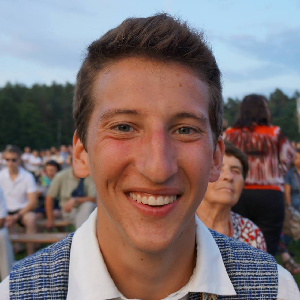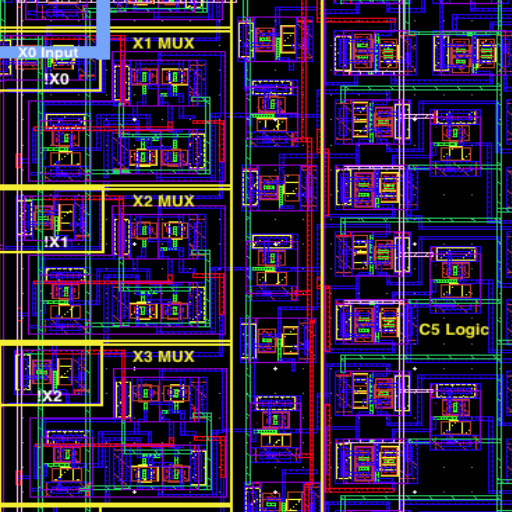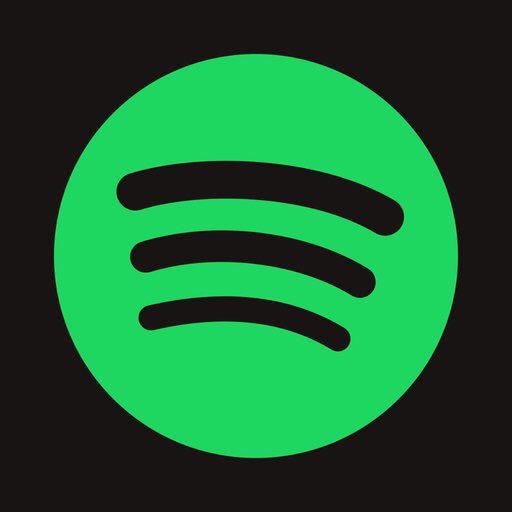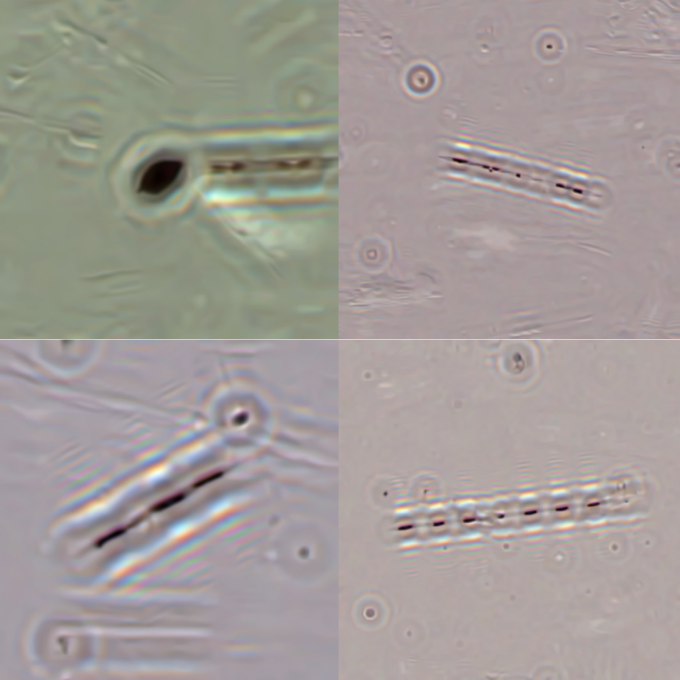
Welcome to a page all about me, Vilius Vyšniauskas! I am a computer engineer originally from Lithuania and currently situated in Los Angeles, California. A fresh graduate from UCLA, I look forward to gaining experience and contributing to the world of technology, computer science, and engineering.
Growing up in my homeland of Lithuania has allowed me to develop a unique perspective on the world. I am incredibly fortunate to have had the opportunity to experience the world from two completely different viewpoints, socially and economically. This has taught me to approach problems from more than one angle and to always refine my solutions. Being a multi-cultured and world-travelled young adult studying computer engineering has helped me understand the technological needs of the current world and the impact of collaboration on a global scale.
My greatest interest is tinkering - with software, circuit boards, LEGOs, and everything I can get my hands on. For this reason I became an engineer. It is a field of exploration and discovery, and that motivates me every time a challenge appears. This adventure of inventing new things and extending existing ideas yields the best results with cooperation. To promote this mindset, I joined the computer science honors club at UCLA, called Upsilon Pi Epsilon (UPE), as the tutoring chair. Teaching others has this great effect in that it also makes me a better engineer, more careful and precise, so I strive to pass down my knowledge when possible.
Throughout my career at UCLA, I have taken courses in both computer science and electrical engineering curriculums. From circuit analysis, digital design, and schematic optimization to operating systems, networking, and algorithms, my time at UCLA has given me a wide breadth of knowledge. During my 4 undegraduate years, I gained a deep understanding of C/C++ and low level system programming which has enabled me to expand my interests and proficiency in other areas as well. For a full list of my skills, take a look at my resume. To see some of my personal and class projects, head over to the Projects tab at the top.
If you made it this far, then congrats on getting to know me just a little bit better! If you want to discuss my work, projects, or past experience feel free to shoot me an e-mail at: tigrasvilius@gmail.com.












